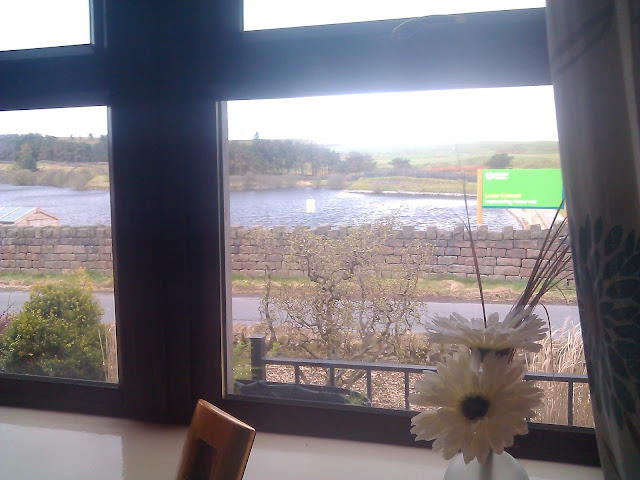Pendle-Beit Leed is going to be working with CADFA on an exciting student visit from Palestine. The project summary is below and the visit will be in June! Two young women from Beit Leed, Saja and Asala will be among the group. There will be many visits to places and organisations in Pendle during the first part of the visit... watch this space!
The project summary: 'Ma'an: students together' organised by CADFA, funded by Youth in Action
(logo from a previous student visit)
Twelve students from Al Quds and An
Najah Universities in Palestine together with two leaders will spend twelve
days with twelve students from universities in Britain during June 2013. They
will compare their experiences and their lives as students and design material
together to make a website that will strengthen on-going twinning links between
their student unions and seek to extend this work to other universities.
Before the exchange, the students in
each country will use the book of photos made during our last students'
exchange ‘Look at our Lives’ as a stimulus to discussion about student twinning
links and what they want to do in the project. They will prepare for the exchange
by taking photographs and videos and preparing short presentations on their
lives and concerns. This will become
material to show the other group during the visit.
The first three days of the visit will
be a residential in Lancashire when the students from each country will present
their lives to the other group. Together they will meet people from a local
twinning group (Pendle) and a different university (Manchester) which will help
them decide on themes and content for a student twinning website which they
will prepare during the following week.
The group will travel to London where
the British students will show the Palestinians their life in the city and they
will work in small groups to make material for the website. They will have
workshops in which they can create animated film based on the experiences of
the week and designs for the website. The evenings will have a variety of
activities with university students from across London.
The participants will show their work in a public event at SOAS to which
a European representative will be invited. The day will include an evaluation
of the website, a discussion on ways this can be used to strengthen student
twinning links, planning for dissemination of the work and for future work
together. Following the visit, the website will be publicised to student groups
in both countries and CADFA and student unions will continue to work to develop
the student twinning links.










.jpg)

